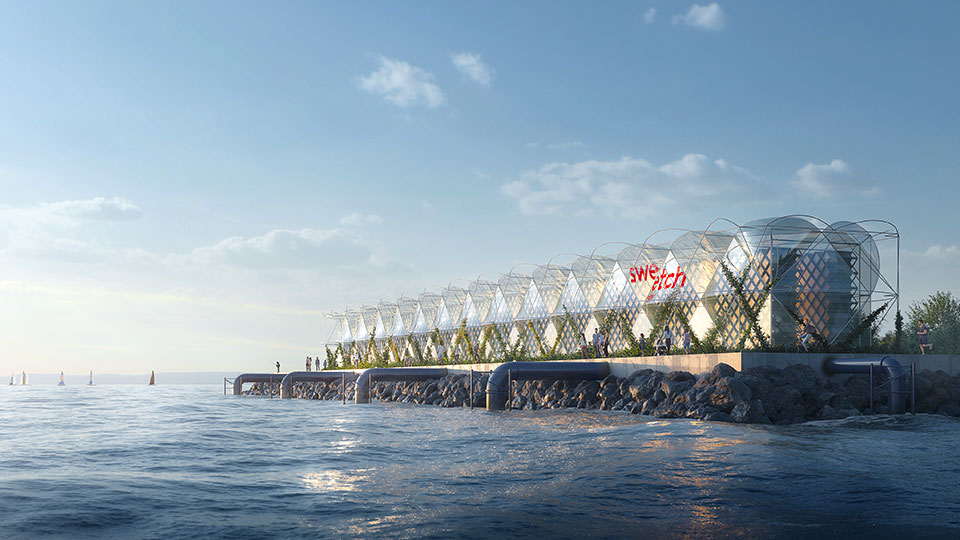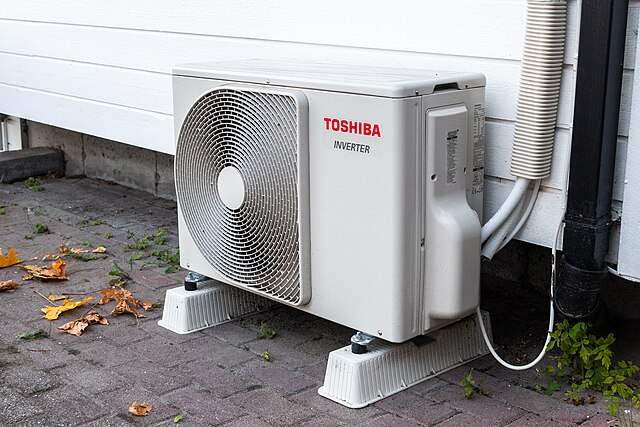Osmotic energy has been known for several decades but remains underutilized due to still insufficiently effective production methods and prohibitive costs for the general public. Yet, it is a renewable energy source, similar to solar, wind, tidal, wave, or geothermal energy. Today, with new technological advancements, it is finally possible to dream and consider new perspectives in this promising sector.
Due to seawater constituting two-thirds of our planet, it provides an ideal abundance for renewable energy. We have two to five times the power needed for global annual electricity consumption available at sea, making it one of the largest theoretically available renewable energy reserves.
Ocean Thermal Energy (OTE), sometimes called marine thermal energy, exploits the temperature difference between surface waters and deep waters. This process, hinted at in Jules Verne’s novel Twenty Thousand Leagues Under the Sea, requires a temperature gradient of about 20°C. In an “open cycle”, in addition to low-carbon electricity production, the technological process can allow for seawater desalination.
In regions of the world experiencing water stress, this co-benefit could be considered the main production and would allow for constant and dignified access to water. Like geothermal energy, this technology can also feed a reversible heat pump. Depending on the needs, seawater transfers its energy to a secondary freshwater circuit, increasing or decreasing its temperature.
Studies on thermal renovation show that it is possible to produce on average 5 kWh of heating or cooling for 1 kWh of electricity consumed, outperforming by about 30% the efficiency of heat pumps that draw energy from the outside air.
Osmotic energy exploits the salinity difference between river water and seawater. This feature has many positives. Diverting water at this point, just before the freshwater fully mixes with seawater, limits usage conflicts. Not needing a dam reduces environmental impact, the energy is renewable and not intermittent. If this is the least known energy exploitation, it is because it is the least mature globally despite its properties and potential.
Similar Post
Founded in 2015, the French company Sweetch Energy has developed a revolutionary membrane, allowing for more profitable osmotic exploitation. This membrane, more effective and affordable than previous versions, helps to solve one of the main problems encountered in the green energy sector. The Rennes-based startup now has about forty employees and is currently working on setting up its first pilot site at Barcarin, near Port-Saint-Louis-du-Rhône. This site should be operational by early 2024 and could eventually produce up to 500 MW of electricity, equivalent to half of a nuclear power plant, according to Sweetch Energy estimates.
The young company benefits from the support of Bpifrance and has partnered with EDF Hydro to develop other sites in France and abroad. Their goal is to install at least 3 GW of osmotic energy over the next ten years. Production costs are also a major challenge for Sweetch Energy. While the first pilot site will inevitably be more expensive, the company expects a significant reduction in costs through improved performance and mass production.
All funds raised will support the company’s research and development progress, the establishment of its first industrial production lines, and the growth of its activities internationally, particularly in Europe and North America.
Sweetch Energy is also working to structure a real industry around the deployment of this technology in France and Europe. To this end, the startup collaborates with specialized technical centers to optimize its installations and partners with industrial companies to manufacture the membranes and assemble its generators. According to Nicolas Heuzé, co-founder of Sweetch Energy, it is essential for France to invest in this green energy source to guarantee national energy independence and maintain its technological lead. France indeed has several large estuaries, like the Gironde, the largest in Western Europe.
But obviously, the issue is not limited to French territory: other countries, especially the United States, are also closely studying this green energy. To maintain their competitive and technological advantage, French players must quickly increase their efforts and investments in this promising sector. In conclusion, osmotic energy appears to be an interesting bet for diversifying renewable energy sources in France and globally.
The accessibility to these energies is unevenly distributed across our planet, undoubtedly. However, France plays a major role in maritime matters. Although the vast majority is located in its overseas territories, France has the world’s second-largest maritime domain after the United States.


















